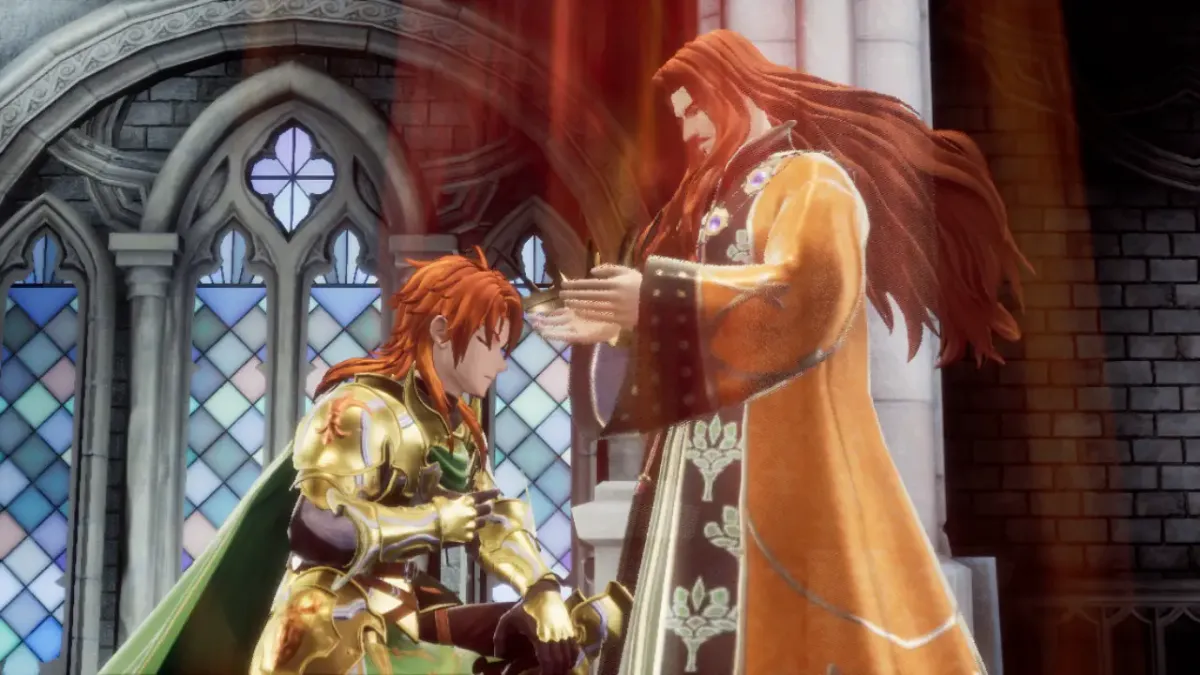
Romancing Saga 2’s Revenge of the 7 remake is a rare gift to JRPG fans. The revival of an old classic from the Super Famicom days, it maximizes the strengths of old roleplaying games while reinvigorating them with its own twists and energy. The new elements build on the foundation of original Final Fantasy and D&D, while rewarding your mastery of its systems and your willingness to explore. While I have a few quibbles about the delivery, the game mechanics themselves and the experience they deliver warms the heart and sets the brain running. Spanning generations of an Imperial lineage, you will venture into the world to conquer territories, gather allies, and learn the secret of 7 former heroes who now rise as demon kings to subjugate all before them.
Many years spent emulating fan-translated JRPGs had me thinking I’d seen the best of the classics, but R2 (as I’ll be referring to it for brevity) proved how much there is yet to see. It’s another in a recent line of revivals that I am grateful to observe find new audiences. Baten Kaitos, Live A Live, and Dragon Quest III are just a few of the older titles that only needed a new console and a few QOL features to prove their mettle in the modern age. For many years an official release of R2 was unavailable for English speakers; the recent port showed technical issues that hampered it meaningfully. R2 comes about with its own hitches, but so many strengths it’s hard for me to really care.
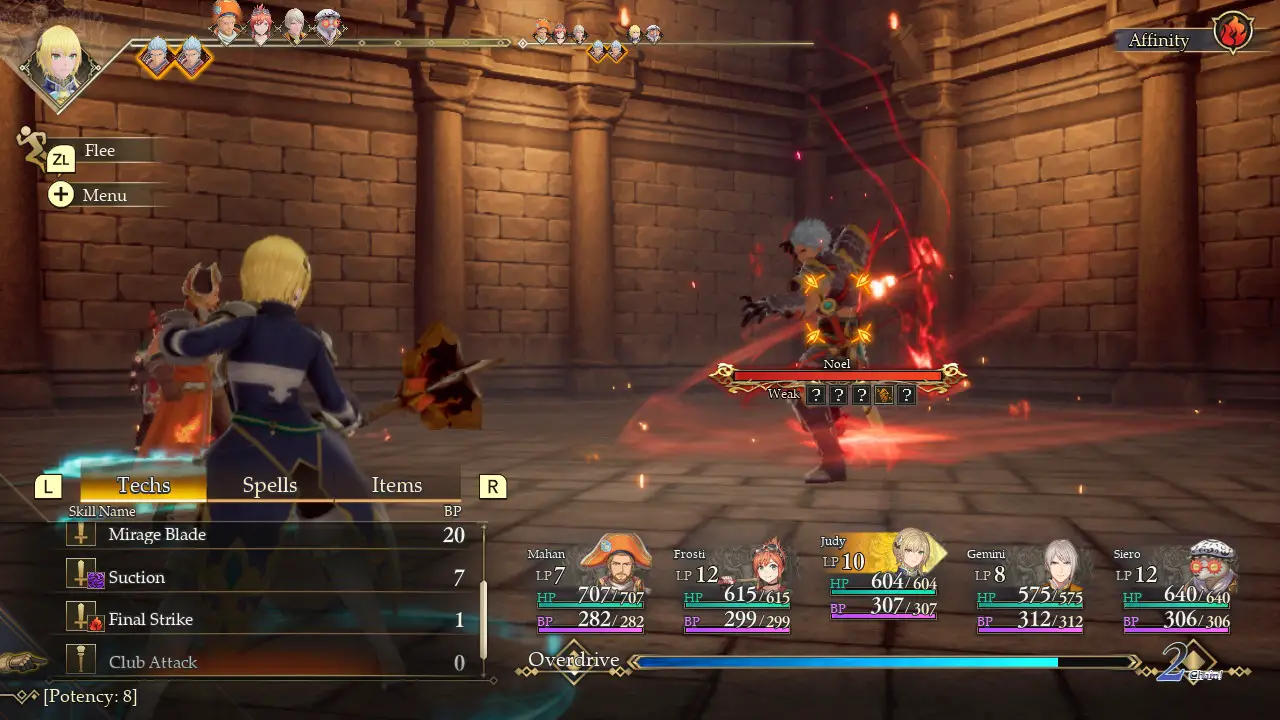
Seven heroes once saved the land, but now return to plague it. As the Emperor of Avalon, you will travel throughout the lands to relieve them of monsters, gather allies, expand your reach, and ultimately gain the strength to overcome the heroes. This is more than the work of one lifetime. Romancing Saga 2 places you at the head of a lineage which can pass its skills down through generations. As you explore and achieve milestones, you occasionally jump forward in time, choosing a new class of emperor to take on your skills and contribute to them. This is more than a single gimmick, however. The years allow you to construct buildings that will modify your kingdom and generate income and new opportunities, including for more classes. Many of the best classes need specific conditions or long chains of planning. As one example, one quest requires your emperor to have experience at sea. To get this, you can travel south to a town ruled by corsairs or go through a longer route through other kingdoms to reach it. Saving towns from strife will see them built up over time skips, making new pathways forward or unlocking new equipment. Your buildings include a blacksmith’s shop and mage’s laboratory, costing heavily but granting you permanent upgrades and new abilities.
This creates a marvelous game-loop, but also an unmatched sense of exploration and replay potential. Many quests feature choices which seriously alter future events (though these can be obtuse, as a quick glance at a guide will quickly show you). The nonlinear story allows you to take wildly different pathways to victory, paying off for a New Game Plus or multiple playthroughs. You can get into the head of your lineage and play that assumed personality out as you decide your path forward and branch out during quests. RPGs have all of these elements in some ways, but never before have I felt they were so well tuned towards the experience of an epic narrative driven by player decisions.
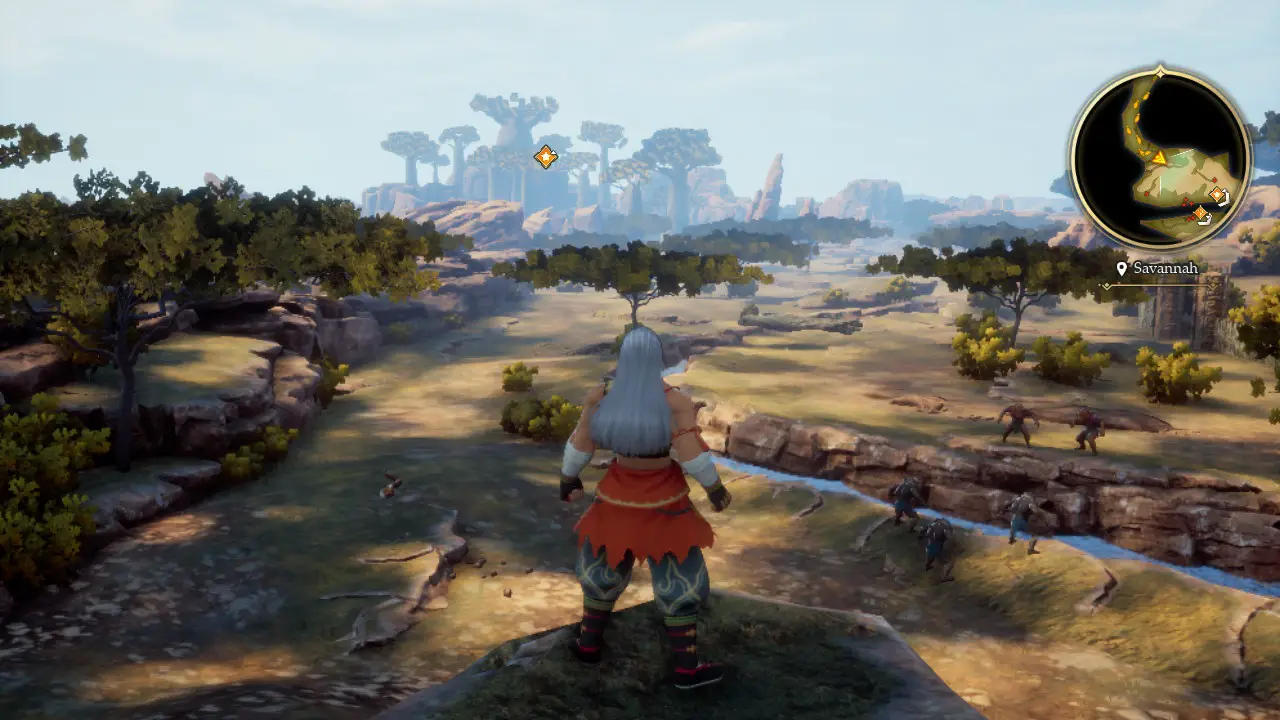
The adventures themselves are also reliably inventive. Yes, one asks you to “find the 5 perfect ores” in the world, but that was among a few rare fetch quests. More common are the exotic, fantastical quests. Defend a town of mole people from giant termites. Build a giant land wooden ship to fight an even bigger one which is scouring the land to get ingredients for narcotics. Uncover a coup and decide how to split resources to resolve it. It’s just a wonderful, refreshing experience, using all of the classic strengths of JRPGs to their best effect.
That extends not only to the combat and team building, but also general structure. Most such games waste a few hours of time before letting you dig into their best elements. R2 starts you in a dungeon and gets you right into the action. Its many elements, including weapons and magic with vulnerabilities and resistances, an overdrive meter, elemental field effects, and more get thrown at you one by one with quick inventory sidebars, and within an hour or so you know everything and are firing at all cylinders.
Enemies are visible on the overworld, allowing a preemptive attack for extra damage. If they attack you first, your formation is broken and all characters are available for attack. Combat is turn-based, with the order of actions visible and manipulable at the top. It sounds simple, but many small changes build upon it, adding to a grander strategy and many options to retool your approach for harder fights.
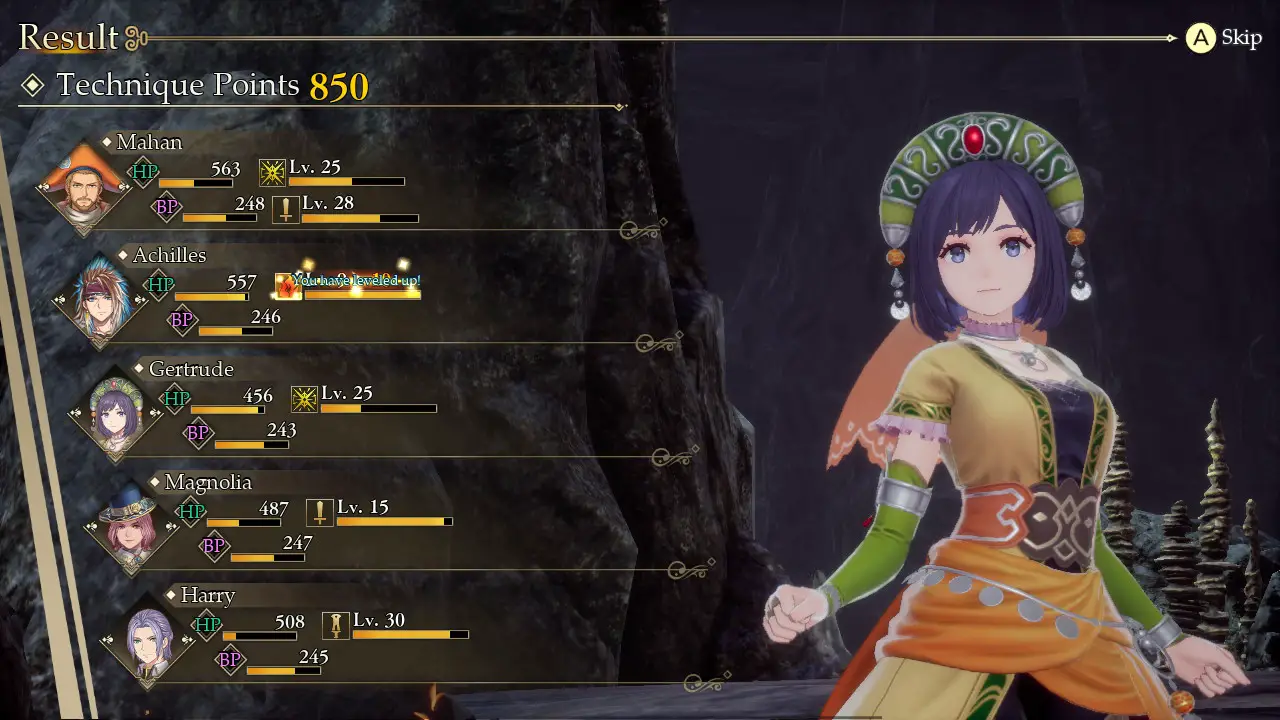
Each generation your classes retain abilities and skill levels from before. Functionally you can retain the same party all game. However, there are a few twists that keep things interesting. For one, the numbers are reliably low, making it clear how different skills or vulnerabilities affect outcomes. It takes a long time before damage totals get into 4 digits, never getting so out of control that you can’t follow the flow of battle. You level weapons and elements as you use them, but tech points are split between any you have used in a battle, not for how many times you used it. You don’t have to tediously grind a given weapon as long as you used it once in a fight. Even better, skills which use multiple elements, like a wind/sword skill, will level both. It’s easy and fast to make those levels and doesn’t require annoying management.
New classes have separate abilities but also battle formations, granting bonuses for position. Iron Cross lets you have a lead character who takes most attacks with higher defense and a tail character with lower speed but lower target chance. Other formations affect magic attack and defense, but are important to plan for boss fights which attack in lines or sweeps; new formations could save many characters from major attacks.
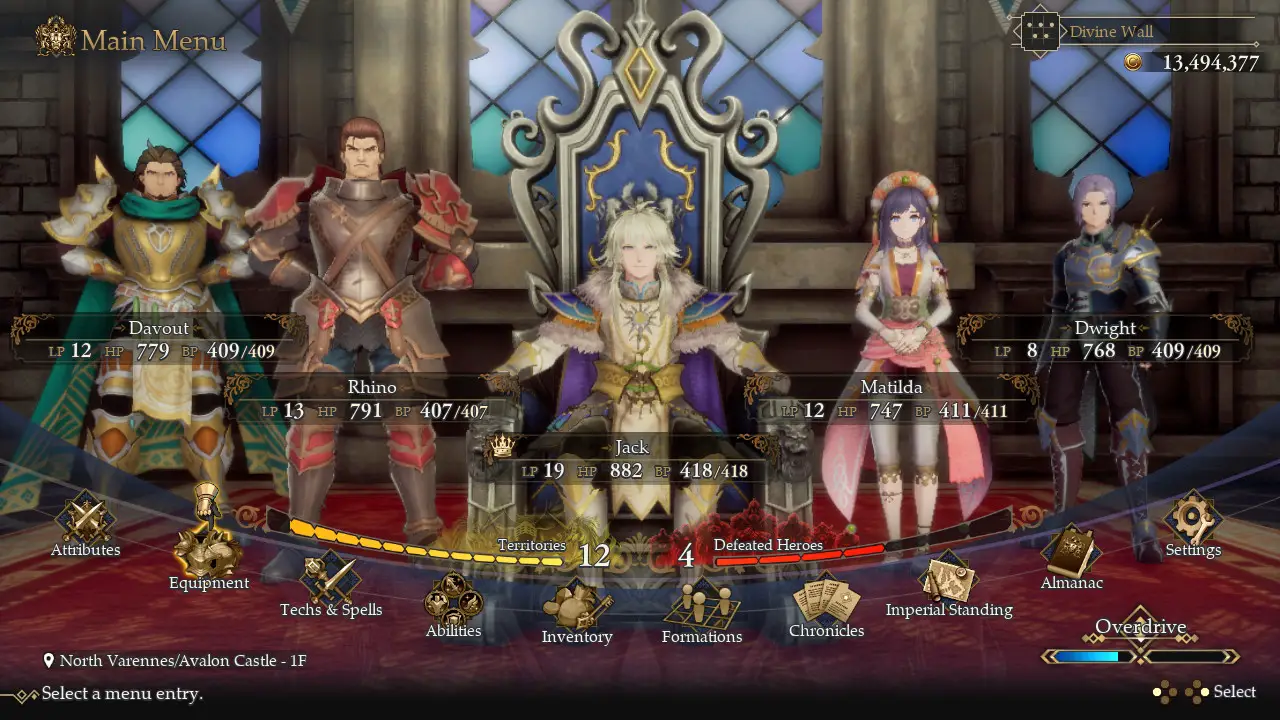
Characters have typical Hit Points, but also a few Life Points which deplete every time a character is reduced to 0 HP. LP restoratives are rare and expensive, and reaching 0 LP means that character dies permanently. This simple change adds intensely to the game, and is something I strongly want people to consider adding to D&D 5E. You want to use healing more liberally to keep the LP up. Every encounter carries a genuine threat because of your limited LP. I went into the castle dungeons for a few minutes to grind, but doing so cost a few LP for my tank character. That loss loomed over my head the rest of that generation, especially during the final boss fight.
The general story is good, if it raises questions about how the empire works with the time skips they tell you about. With the roleplaying potential here I was able to come up with workable explanations in my own head, but thinking about it more will cause some aspects of the game to break down. I was particularly attracted to the secret visions you uncover about the Seven Heroes, their origins, and their eventual fall to darkness. Most of the story is generated by your decisions during the game. Not all of that is for the best. Often your decisions through dialogue or gameplay have a clear impact, but some of those decisions are frustratingly obtuse. Major options or questlines depending on specifics that could easily elude you even if you have a guide. It’s extremely frustrating to spend out of game days pursuing a multi-step quest only to find that you failed it a while ago through no fault of your own, with no indication within the game itself. Replaying the game is rewarding, but shouldn’t be necessary to correct basic mistakes you didn’t even know you made.
All of these systems loop into one another wonderfully, pushing you onwards. Where most games with this kind of openness and leveling system become tedious, Romancing Saga 2 gets more exciting. You want new classes, new equipment, and new territories, and you want to do it within the time limit. Every encounter or event builds chances that you will jump forward in time, forcing you away from grinding and towards planning out the future. It’s just a joy. This game is addictive, rewarding, and well worth taking a chance on. It’s an instant recommendation to JRPG fans, despite its accumulation of flaws.
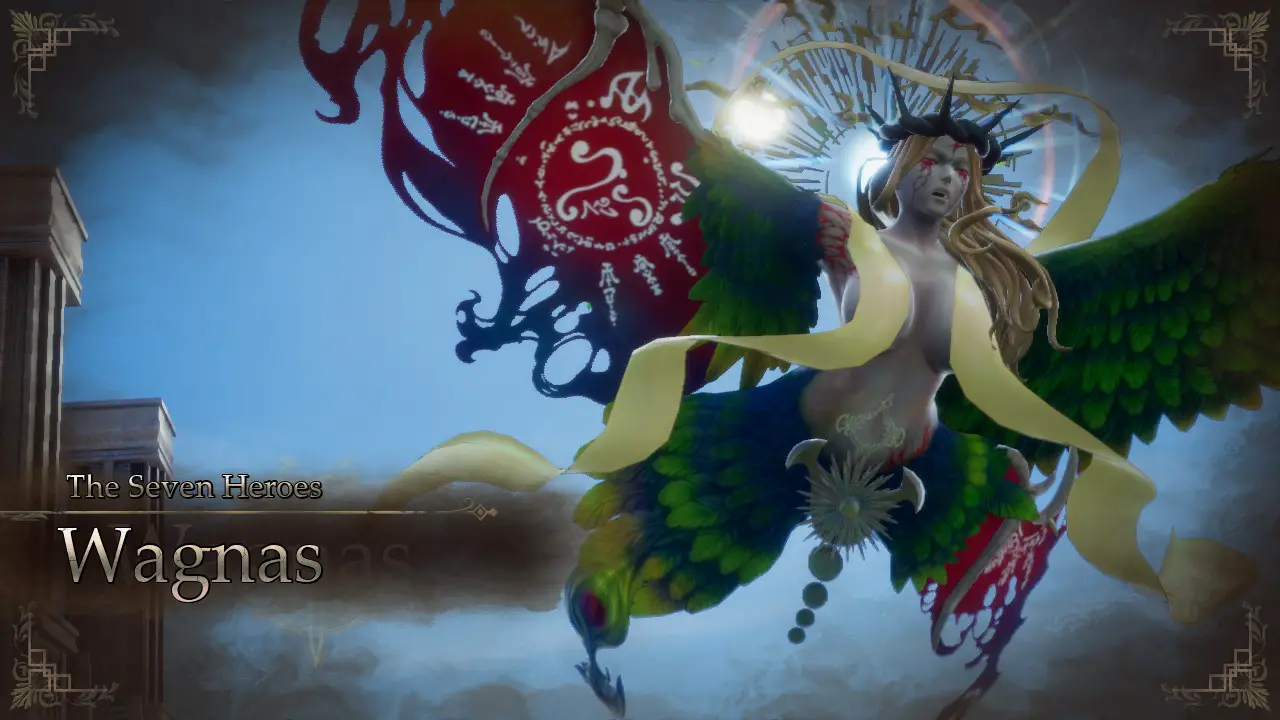
Those flaws are many and obvious, but only rarely do they dig into the substance of this experience. For one, I experienced CONSTANT pop in for textures and details. These happen on clothes, environments, really everything, and I mean it when I say it happens all the time. After different cuts in cutscenes, when entering new areas, even when closing the menu. It’s often and it’s distracting. That’s besides occasional bugs. One saw me fall through the floor and another stopped the game and forced a hard reset. The menus are annoying in their own way, too. Most gameplay features are reachable, but some specific ones require odd interactions between existing menus. The options are all shunted into a single giant list, with no separation between audio, visual, controls, or otherwise.
While I won’t call the general aesthetics lazy, I can’t call them inspired either. They’re very “basic anime-inspired” much of the time, but not all of it. Some of the environments or costume designs are just lovely, while others have less going on. Many of the classes are muted colors with random bits of armor slapped onto them. It gets the job across. The same is true for the audio. The original soundtrack and new orchestrations are all great, if sometimes too short and repetitive. This could benefit from a few new tracks. The voice acting is acceptable, but hampered by too functional a translation. The shift from Japanese to artificially stilted old English mostly works, but does spend a long time sounding awkward. Not bad, but also not particularly inspiring.
All told, these do little to detract from an overall fantastic experience. The story, exploration, and overall systems lead to an unmissable game, which my review score should not distract you from. It’s rare for a game to lean into the strengths of JRPGs but build on them so well, improving rather than subverting them. The story itself is least beholden to tropes, while the mechanics stand at the forefront. Those design decisions make for a strong entry (reentry?) into the genre, and I could not be happier to see that maybe the future of turn based games is taking more time to look into the past.
Romancing SaGA 2
Great
Romancing Saga 2 - Revenge of the Seven is a brilliant culmination of many of my favorite aspects of JRPGs. While I have some complaints about technical issues and details about implementation, the quality of mechanics and exploration easily blow past them. Fans of the genre will not be disappointed with this sprawling narrative full of secrets and challenges.
Pros
- A genuine, rewarding sense of exploration
- A chance to master its systems and build your team
- Rare quality of roleplaying, kingdom building, and combat
Cons
- Regular pop in effects and occasional bugs
- Clunky options menu
- Sometimes obtuse quest design
